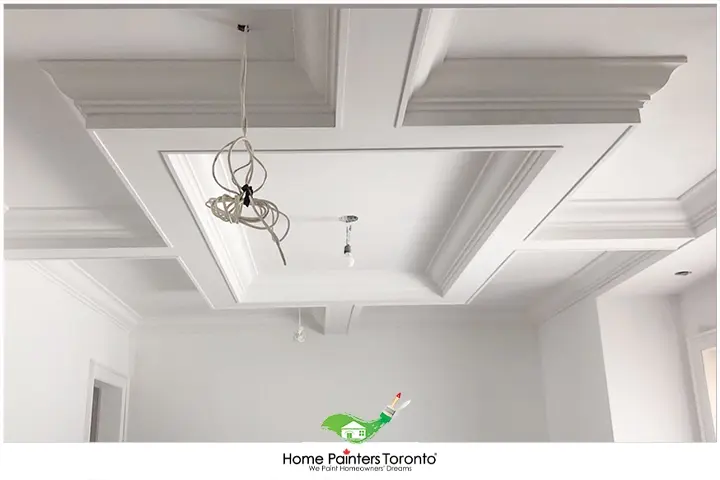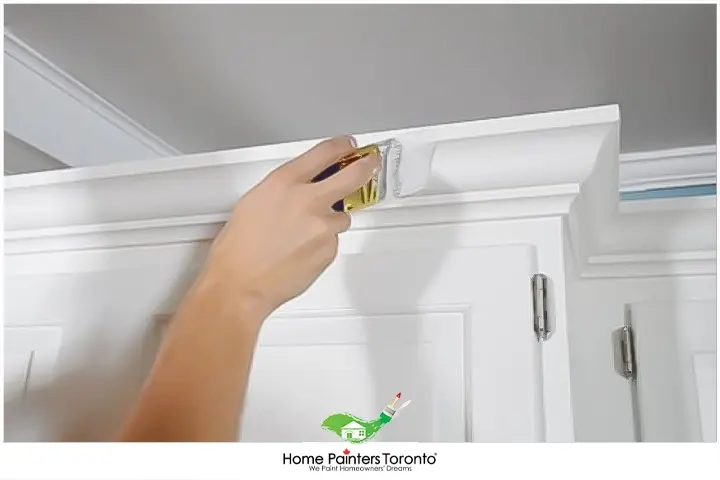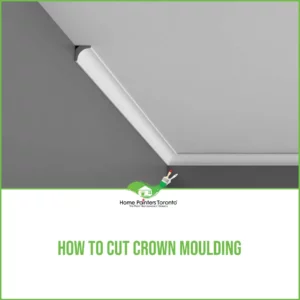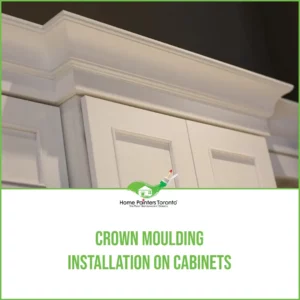
What is Crown Moulding?
Crown moulding is a decorative type of trim that is used at the point where the walls of a room meet the ceiling. Typically ornate and exuding elegance, crown moulding serves as a beautiful transition piece, softening the intersecting angles of the room and adding a touch of class to the décor.
Crown moulding comes in various materials, including wood, plaster, PVC, and polyurethane. Each of these materials adds a unique character to the room. Moreover, they offer several styles, ranging from traditional and ornate to craftsman and contemporary, allowing homeowners to choose the one that best suits their interior design.
What is Trim?
Unlike crown moulding which is specific to the wall-ceiling intersection, trim refers to the more general application of decorative moulding. Wall trim moulding can be used in numerous places. This includes doorways, windows, along the baseboard, around fireplaces, and even chair rails. It serves both a functional and an aesthetic purpose, protecting the edges of these areas from damage while also adding an embellishing touch to a home.
Trim, like crown moulding, comes in a range of materials and styles, although wood and MDF (medium-density fiberboard) are the most common materials.
What is the Difference Between Crown Moulding and Trim?
When it comes to home renovation projects, you will have most likely heard the terms “moulding” and “trim” quite interchangeably. Now, you may wonder, what is the difference between the two?
Trim is a material used around openings like doors and windows or in corners between walls and ceilings. You can also apply trim in the middle of walls, like a chair rail or wainscoting. Moulding, on the other hand, is a type of trim and is recognized through its enhanced profile. This is because moulding is much more decorative than trim and enhanced in detail.
An example of moulding is ‘crown moulding’ which is used at the intersection between walls and the ceiling to add visual appeal to your home. Overall, crown moulding softens the transition between the wall and ceiling.
Here are some other key differences between the two:
Application:
As already discussed, crown moulding is used where the ceiling meets the wall, while the moulding trim is more universally applied around doors, windows, and baseboards.
Detail and Complexity:
Modern crown moulding typically has more detail and complexity than other types of trim and is often more ornate, reflecting a higher level of craftsmanship.
Impact on the Room:
While both elements enhance a room, crown moulding, being at a higher level, tends to draw the eye upwards, giving a sense of height and grandeur. Trim around windows, doors, and baseboards, however, often goes unnoticed until inspected closely.

Cost:
Given its complexity and detailed design, crown moulding can be more expensive than other types of trim.
Trim Moulding Types
Trim moulding is in four main categories, depending on the installation. It could be openings, the floor, the ceiling, or directly on the wall. Casing trim is placed around openings, such as doors and windows.
Baseboards are along the bottom of the walls, while crown moulding is installed at the top near the ceiling. All trim that is directly on walls and not at openings or corners is called wall trim. Whether it be crown trim or other types of trim, they will visually make your home appealing.
Areas
Window and Door Casing
Baseboard Trim (Wall Base Moulding)
Ceiling Trim Moulding (Crown Moulding)
Wall Trim Moulding
Measuring Considerations
• Casing is used around openings like doors and windows mostly. It serves as a frame around openings to help cover gaps between walls, doors, and windows.
• For door openings, a casing is installed at the top and both sides of the opening. For window openings, casing is installed all around the window. Typically speaking, the bottom of the opening has a stool and apron.
• Installed on the bottom of walls. It is an accent to the wall and can help hide imperfections between the flooring and the walls. In addition, it is usually installed at outside corners and coped at inside corners.
• This is placed at the top of walls and provides helpful separation between wall and ceiling. Also, it will give your space elegance because it is such a detailed material. Crown molding comes in many profiles, from simple to fancy.
• From a home renovation perspective, crown moulding works best on rooms with high ceilings. If your room has a lower ceiling, you should install a simple profile with a narrow dimension, as it would be more effective.
• This type of trim can be installed anywhere on walls other than openings or at the corners of floors or ceilings. It is placed directly on walls, making it more aesthetically pleasing than functional.
Trim Paint
When it comes to interior trim paint, you should go for modern and sleek. For many homeowners, they opted to use white trim paint. For example, this could be Decorator’s White from Benjamin Moore or Oxford White CC-30. These white tones “scream” modernity and sophistication. They are also the top choices for white trims but not too stark. For a warmer tone of white, you can purchase the Cloud White CC-40. If you are more of a bright and bold person, you should go for Simply White OC-117 or Chantilly Lace OC-65. These paints could take up to 3-4 coats to hone in on their brightness.

Painting Your Stairs
Now that you have worked on your trims, you can start working on your stairs.
Stairway painting is vital for the overall appeal of your home and maintains its value in your home. It’s always good to get a jumpstart on painting your stairs when you know it is slowly getting worn out because it’s a mode of transportation in your home. To add value to your home, you should consider stairway painting, as it will keep your home well-maintained with stunning decor. Quality stairs are essential.
Final Thoughts
Picking between crown moulding and trim largely depends on the unique style you want for your space and the statement each piece makes in your room. Both features, each boasting distinctive functionality and aesthetic impacts, can enhance the beauty of your place in their ways.
Knowing the difference, however, gets you started. Implementing these enhancements requires expertise to ensure that your walls and corners look great and stand the test of time, displaying the craftsmanship that went into your home’s design.
That’s where Home Painters Toronto comes in. With extensive experience, this professional team can take on any interior detailing project, saving you the time, energy, and potential missteps of a DIY project.
More Interesting Blogs Related to
“CAN I JUST PAINT MY CONCRETE FLOOR?”
If time’s not on your side for a DIY endeavour, don’t compromise on your home’s beauty. Let the professionals at Home Painters Toronto handle it. Whether you’re looking to add an opulent feel with crown mouldings or wish to add a subtle flair with trim, reach out to Home Painters Toronto to take the design of your home to new heights. Please give us a call at 416.494.9095, or email us at Brian@HomePaintersToronto.com. Also, don’t forget to follow us on all our social channels below!





